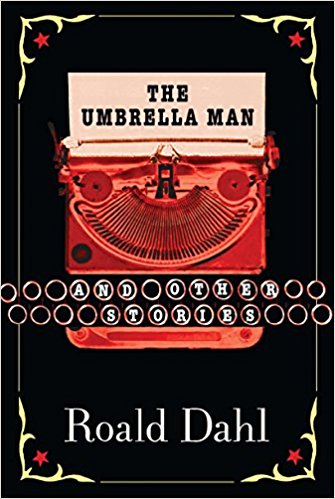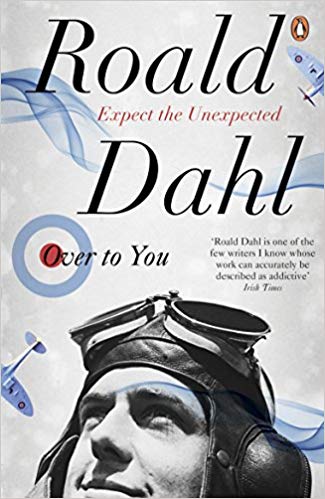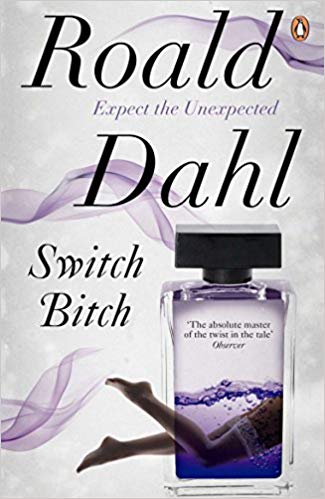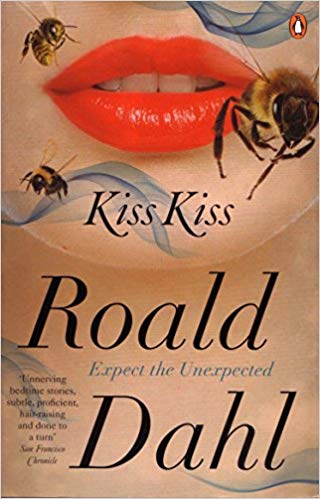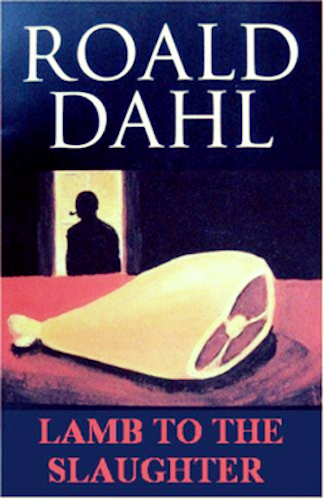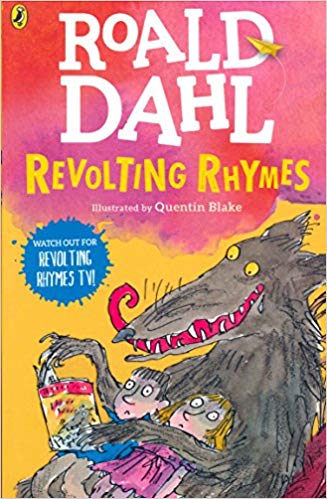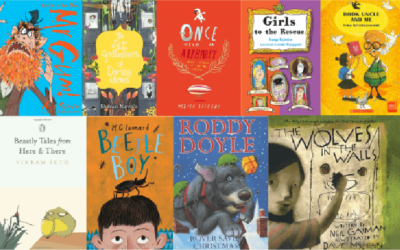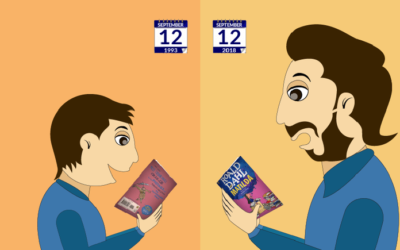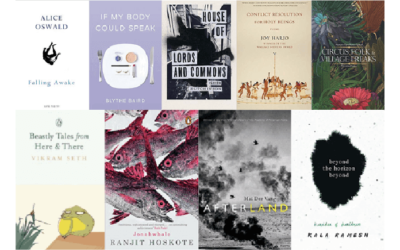The Delightful And The Dark: Exploring Roald Dahl’s Adult Fiction
Surprisingly, these events happened when I was about 12 years old. Although I had been raised on a nourishing diet of books, Dahl’s books (accompanied by Quentin Blake’s wispy lanky illustrations) somehow never crawled into my reading lists despite the endearing first brush with his words. Before you huff and puff and wonder what in the world was wrong with me, this situation gave me a unique – and probably rare – opportunity of coming in to contact with Dahl’s adult writing first.
Remember those strange implausible stories we sometimes unearth in the margins of the newspaper? Or those bizarre-but-true anecdotes that find their way into a family gathering? I realised that Dahl thrived in these obscure tales that happened in the fringes of our own banal existence. He wrote about seemingly mundane characters who upon a turn of events get twisted and knotted into dark creatures capable of absolutely anything, reminding me so much of the writings of Saki and O. Henry, two other favourite authors I had discovered and relished through my wonderful English textbooks. I was hooked!
Dahl’s first ever full-length novel for adults, published in 1948 in the aftermath of the Hiroshima-Nagasaki bombings – Sometime Never– fizzled out, never reaching the status of his subsequent works that endeared him to an audience of all ages. However, his short stories written for adults found patronage in a number of newspapers and magazines from The New Yorker and The Daily Telegraph to Esquire and Playboy. These were later anthologised in titles like Kiss Kiss, Over to You, Switch Bitch, and other collections.
The only departure from this style was when Dahl channelised his own experience as a pilot in the Royal Air Force (RAF) during the Second World War (until he crashed in the Libyan desert) into “ten terrifying tales” in Over To You. Although spattered with grotesque characters and chilling war-time action, this collection of stories is extremely unique as they are reflective in nature and don’t carry his usual markings.
Other than this anthology, Dahl, with mischievous glee, explored an aberrant society and its wicked immoral ways with the same love he showed writing about Fantastic Mr Fox or James And The Giant Peach. Perhaps this taste for absurdity, vice and deviancy is clearly visible in his Revolting Rhymes – which I view as a rite of passage between childhood and adulthood – where Cindy (as Cinderella is fondly called) holds the Prince “very tight and pressed herself against his manly chest”, Jack (of beanstalk fame) is beaten up by his mother and the seven dwarves spend their money on the race tracks.
Dahl did not shy away from bold and brazen sexual themes like wife swapping and attempted rape in his book Switch Bitch. One of his well-known characters is the charming and promiscuous “greatest fornicator of his time” Uncle Oswald who, with his spider silk tie and Chinese porcelain collection, captures scorpions and women’s hearts with the same ease. Dahl also wrote a full-length novel on this beloved womaniser and his (mis)adventures.
Dahl was a master storyteller who focused on his narration more than anything else, leading us into a vibrant evocative world of strange characters and moral dilemmas. His stories continue to enthral the newer audience and, to the loyalists, they still remain relevant, fresh and make for a delightful reread. The one common thread between what he wrote for kids and adults is his imagination that never played within any limits. He always had the key to the chocolate factory, a giant’s lair or into the caves of the gnarling beasts that reside within our hearts and heads.

Sandhya believes in changing the way the world works, one story at a time. She has been an illustration columnist with the Sri Lankan based Lanka Monthly Digest, a features columnist with Living Magazine, an Indian Cinema critic for About.com, a food critic for Burrp.com and published in The Hindu, Deccan Chronicle, and online blogs of Roam Coliving, Storytrails, etc. Currently, she spends her days creating engaging content for QLC.io and moonlights writing fiction. Find out more about her on her website.
You can read her articles, here.


